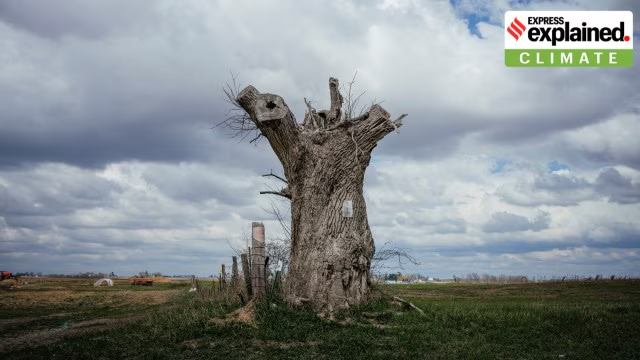





Disclaimer: Copyright infringement is not intended.
Context:
What are rangelands?
UNCCD report findings:
Source:
|
PRACTICE QUESTION Q.Discuss the significance of rangelands as outlined in the UNCCD report and their role in global food security and livelihoods.( 250 words) |







© 2025 iasgyan. All right reserved